High and Low BP Symptoms and When It Becomes Dangerous – Problem & Solution
Sep 29, 2025
Blood Pressure (BP) is one of the most common yet serious health concerns today. Some people struggle with High BP (Hypertension), while others frequently experience Low BP (Hypotension) that causes dizziness, weakness, or even fainting.
The biggest issue is that most people don’t recognize the early signs or warning signals in time, which delays treatment. In this blog, let’s understand BP problems and their practical solutions in a simple, easy-to-follow way.
What is Blood Pressure and Why Does It Fluctuate?
The Problem
Blood Pressure is the force exerted by circulating blood on the walls of arteries. It reflects how hard the heart is working to pump blood.
- Normal BP: 120/80 mmHg
- High BP (Hypertension): Above 140/90 mmHg
- Low BP (Hypotension): Below 90/60 mmHg
Stress, unhealthy lifestyle, poor diet, dehydration, or side effects of medications can disturb this balance.
The Solution
- Monitor BP regularly at home or through check-ups.
- Adopt a healthy lifestyle with balanced diet, exercise, and stress management.
Take medicines as prescribed by your doctor and never skip doses.
Symptoms of Low BP
The Problem
When BP drops too low, vital organs don’t get enough blood and oxygen. Symptoms include:
- Dizziness and fainting (low BP dizziness)
- Fatigue, weakness, and headache (low BP headache)
- Blurred or tunnel vision
- Cold, clammy, pale skin
- Fast or irregular heartbeat
- Difficulty concentrating
The Solution
- Drink 8–10 glasses of water daily to avoid dehydration.
- Don’t skip meals; eat small, frequent meals.
- Take salt in moderation only under doctor’s advice.
- Stand up slowly from sitting or lying position.
- In severe cases (fainting or chest pain), seek emergency care immediately.
Symptoms of High BP
The Problem
High BP is often called the “Silent Killer” because it usually shows no signs until it causes damage. When symptoms appear, they may include:
- Persistent headache (high BP headache)
- Dizziness (high BP dizziness)
- Nosebleeds (high BP nosebleeds)
- Blurred vision or vision disturbances
- Shortness of breath
- Chest pain and irregular heartbeat
The Solution
- Reduce salt and processed foods in diet.
- Exercise daily—walking, yoga, or light cardio.
- Avoid smoking, alcohol, and manage stress.
- Take medicines regularly as prescribed.
If BP rises above 180/120 mmHg, rush to emergency immediately.
When Does Low BP Become Dangerous?
The Problem
Low BP may turn life-threatening when:
- Fainting occurs frequently
- Breathing difficulty develops
- Chest pain appears
- Urine output becomes very low
The Solution
- Seek emergency medical help in such conditions.
- Follow the treatment plan and prescribed medications carefully.
- People with recurrent low BP should always keep water or salty snacks handy.
When Does High BP Become Dangerous?
The Problem
If BP suddenly rises above 180/120 mmHg, it is called a Hypertensive Crisis. This condition may trigger stroke, heart attack, kidney failure, or loss of consciousness.
The Solution
- Immediately rush to a hospital.
- Take emergency medicines only under medical supervision.
- Long-term solution: lifestyle changes + regular check-ups + adherence to treatment.
Causes of High & Low BP
Causes of Low BP
- Dehydration: Reduced blood volume lowers BP.
- Anemia: Low hemoglobin decreases oxygen supply to tissues.
- Medication side effects: Some heart or diabetes drugs lower BP suddenly.
- Hormonal imbalance: Thyroid or adrenal disorders may trigger hypotension.
- Low blood sugar: In diabetics, hypoglycemia may reduce BP drastically.
- Blood loss: Accidents or internal bleeding can cause dangerous BP drop.
Causes of High BP
- Excess salt intake: Retains water and increases blood volume.
- Obesity: Puts additional strain on the heart.
- Stress: Stress hormones like cortisol elevate BP.
- Smoking and alcohol: Damage blood vessels and stiffen arteries.
- Genetics and age: Risk doubles with age or family history.
Sedentary lifestyle: Lack of physical activity raises long-term BP risk.
Complications if Untreated
Low BP Complications
- Frequent fainting and injuries: Can cause head trauma or fractures.
- Organ damage: Brain, kidney, and heart don’t receive enough blood.
- Shock: Critically low BP may lead to multi-organ failure and death.
High BP Complications
- Heart attack and stroke: Damaged arteries raise risk significantly.
- Kidney failure: Hypertension damages kidney filters.
- Vision problems: Hypertensive retinopathy may cause blindness.
- Heart failure: Prolonged strain enlarges and weakens the heart.
- Cognitive decline: Long-term hypertension is linked to dementia risk.
Lifestyle Solutions for BP Control
For Low BP
- Stay well hydrated (water, soups, coconut water).
- Eat balanced meals with moderate salt.
- Avoid prolonged standing.
- Wear compression stockings if advised.
- Rest adequately and avoid sudden posture changes.
For High BP
- Follow the DASH diet (Dietary Approaches to Stop Hypertension).
- Reduce sodium, fried foods, and packaged snacks.
- Exercise at least 30 minutes daily.
- Maintain healthy body weight.
- Sleep 7–8 hours daily.
- Manage stress with meditation, yoga, or hobbies.
Real-Life Patient Examples
- Mohit (28 yrs): Office worker fainted often, BP was 85/55. Hydration and diet changes helped normalize his BP.
- Seema (52 yrs): Ignored persistent headaches, BP found at 170/105. Medication and regular walking brought control.
- Shankar Lal (65 yrs): Ignored high BP for years, suffered a stroke. Timely treatment saved him but lifelong medication became necessary.
- Neha (32 yrs, pregnant): Experienced dizziness, diagnosed with low BP. Doctor advised fluids and dietary changes; symptoms resolved.
- Ramesh (40 yrs): Heavy smoker and stressed banker, BP was 180/110. Quitting smoking, medication, and yoga lowered BP.
- Aarti (60 yrs): On diabetes medicines, suddenly felt weak and fainted. Found to have low BP due to drug reaction, adjusted under doctor’s care.
Key Facts (WHO, ICMR, AHA)
- WHO: Around 1.3 billion people globally have high BP.
- ICMR: In India, 25% adults have high BP, and about 10% suffer from low BP.
- AHA (American Heart Association): High BP is the leading cause of stroke; Low BP can cause shock and unconsciousness.
FAQs – High & Low BP
What are the symptoms of low BP?
Low BP causes dizziness, fainting, weakness, blurred vision, and fatigue. It happens when organs don’t get enough oxygen-rich blood, which may lead to poor daily performance.
How do I recognize high BP symptoms?
Persistent headaches, nosebleeds, blurred vision, and dizziness are common. However, many people have no symptoms, making regular check-ups extremely important.
When is low BP dangerous?
If low BP causes frequent fainting, chest pain, breathing problems, or reduced urination, it is dangerous. Emergency medical help is needed to avoid shock or organ failure.
When is high BP dangerous?
A reading of 180/120 mmHg or higher is a hypertensive crisis. It can result in stroke, heart attack, or kidney damage. Immediate hospital care is required.
What should I eat in low BP?
Soups, coconut water, salty drinks, and small frequent meals help. Patients should avoid skipping meals and always consult a doctor for diet modifications.
How can I control high BP?
Cut down on salt, processed food, alcohol, and smoking. Eat fresh fruits, vegetables, whole grains, and exercise daily. Stress management and timely medicines are key.
Can low BP cause death?
Yes, untreated low BP can lead to shock and organ failure. If symptoms like fainting or breathlessness occur, it may turn life-threatening without urgent treatment.
Do I always need medicine for high BP?
In early stages, lifestyle changes may control BP. However, many patients require long-term medication to prevent complications. Never stop medicines without medical advice.
What is normal BP?
Normal BP is around 120/80 mmHg. Anything above 140/90 is high BP, and below 90/60 is low BP. Regular monitoring is essential to detect abnormalities.
Can one person have both low and high BP?
Yes, at different times in life. A person may experience low BP during illness or dehydration and high BP later due to lifestyle or aging. That’s why periodic health check-ups are crucial.
Conclusion
Both High BP and Low BP can be dangerous if left untreated.
High BP silently damages the body over years, while Low BP can suddenly cause shock, fainting, or collapse.
The safest way forward is to monitor BP regularly, follow a healthy lifestyle, and consult doctors for early treatment and prevention.



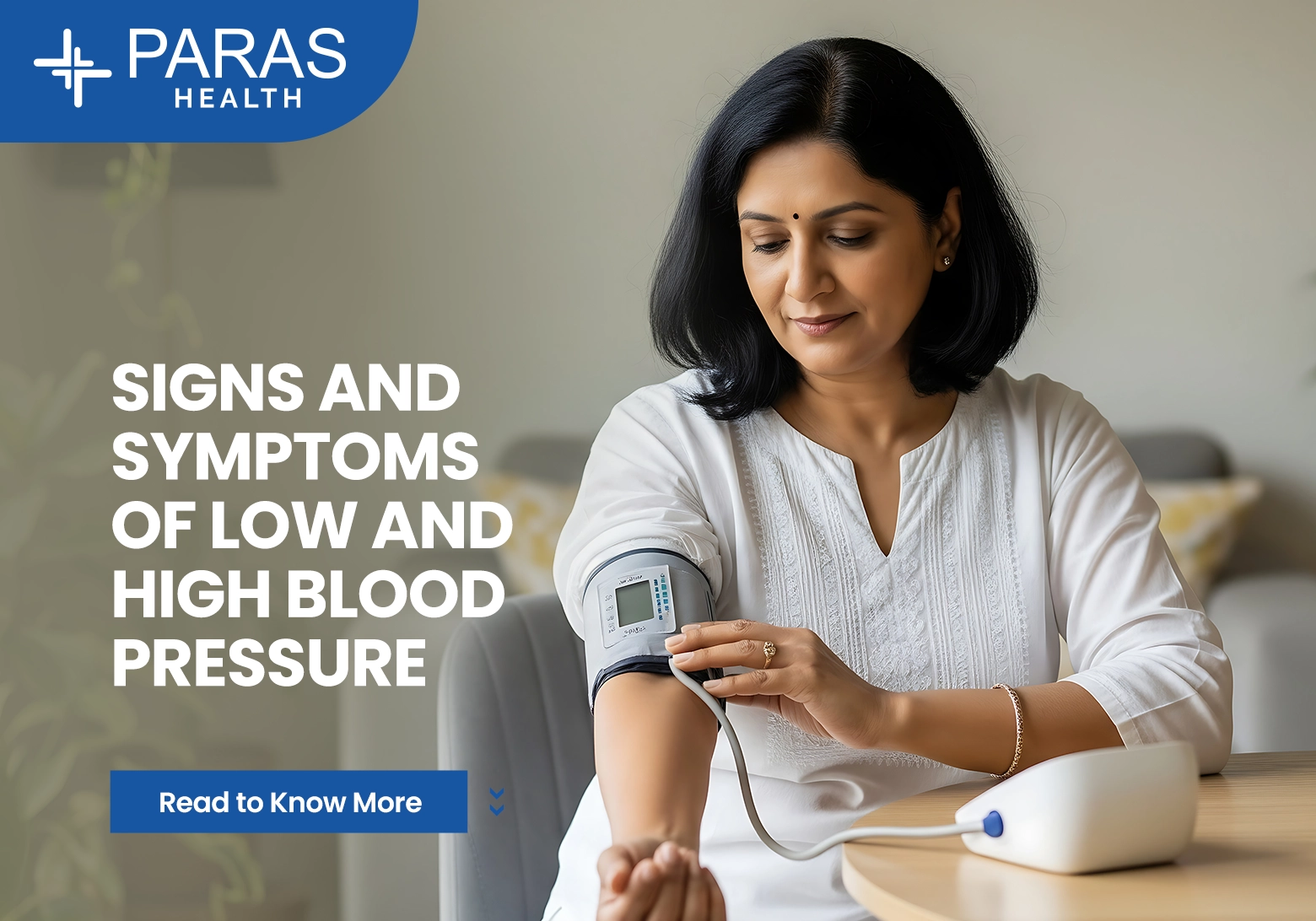
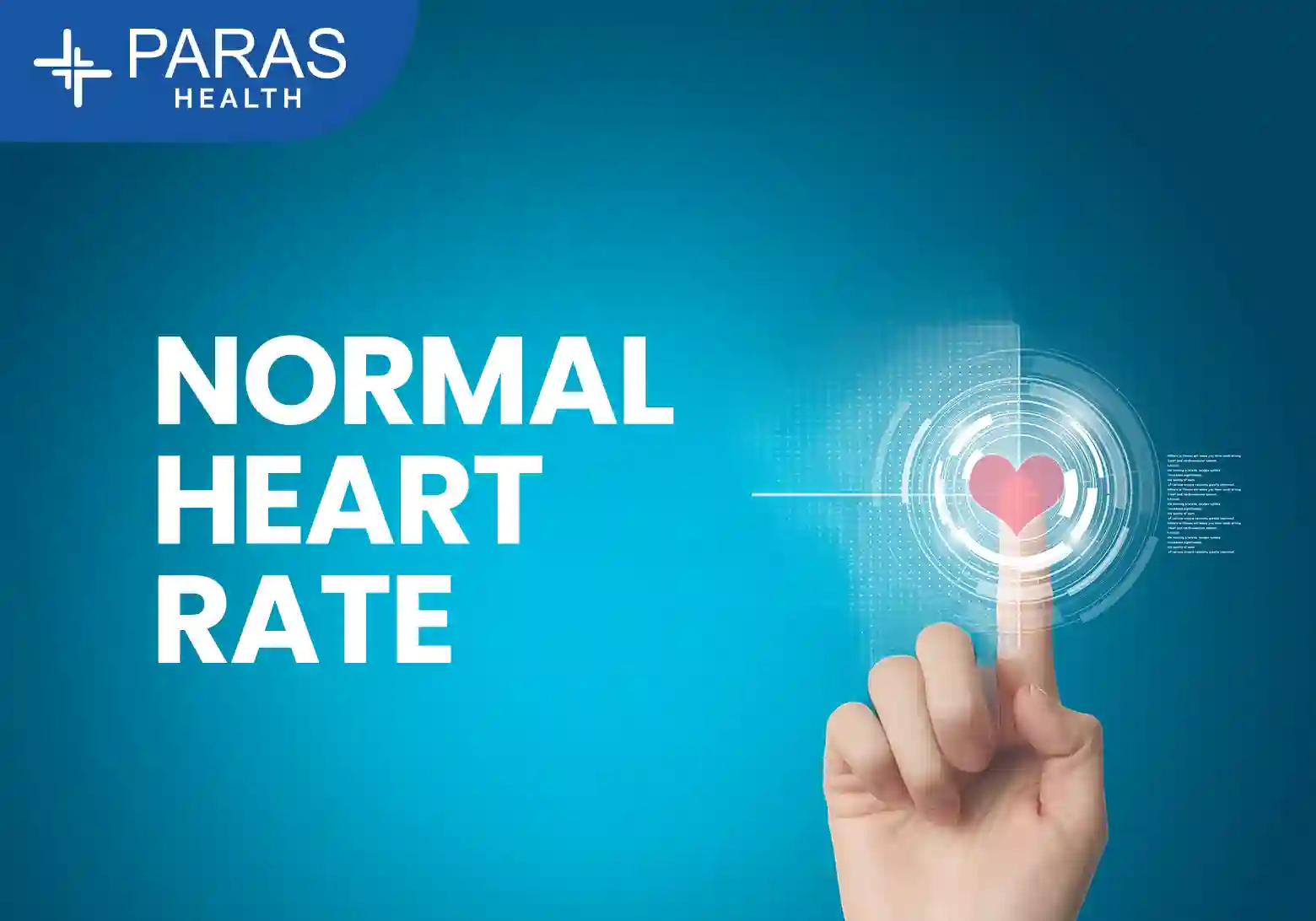
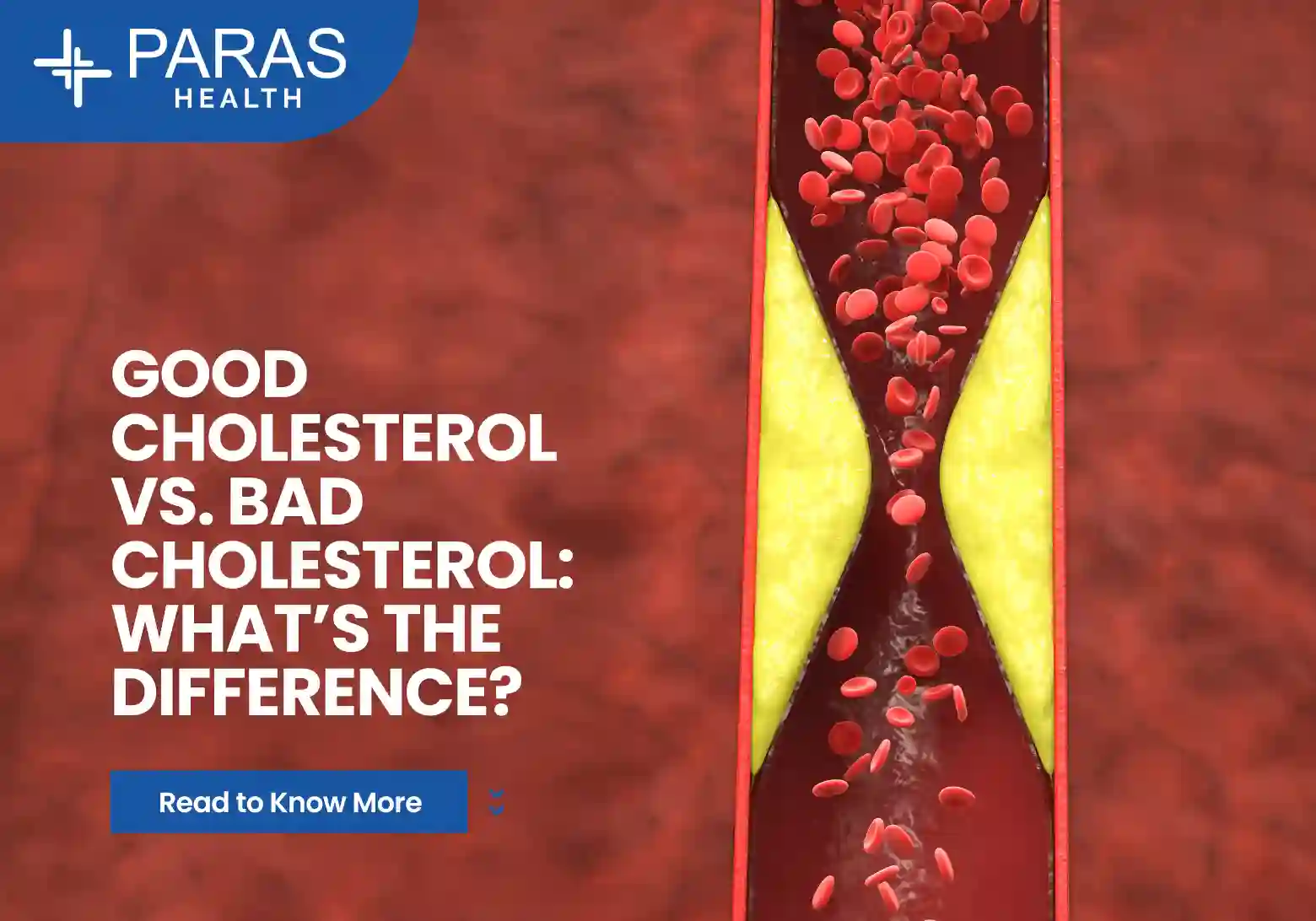
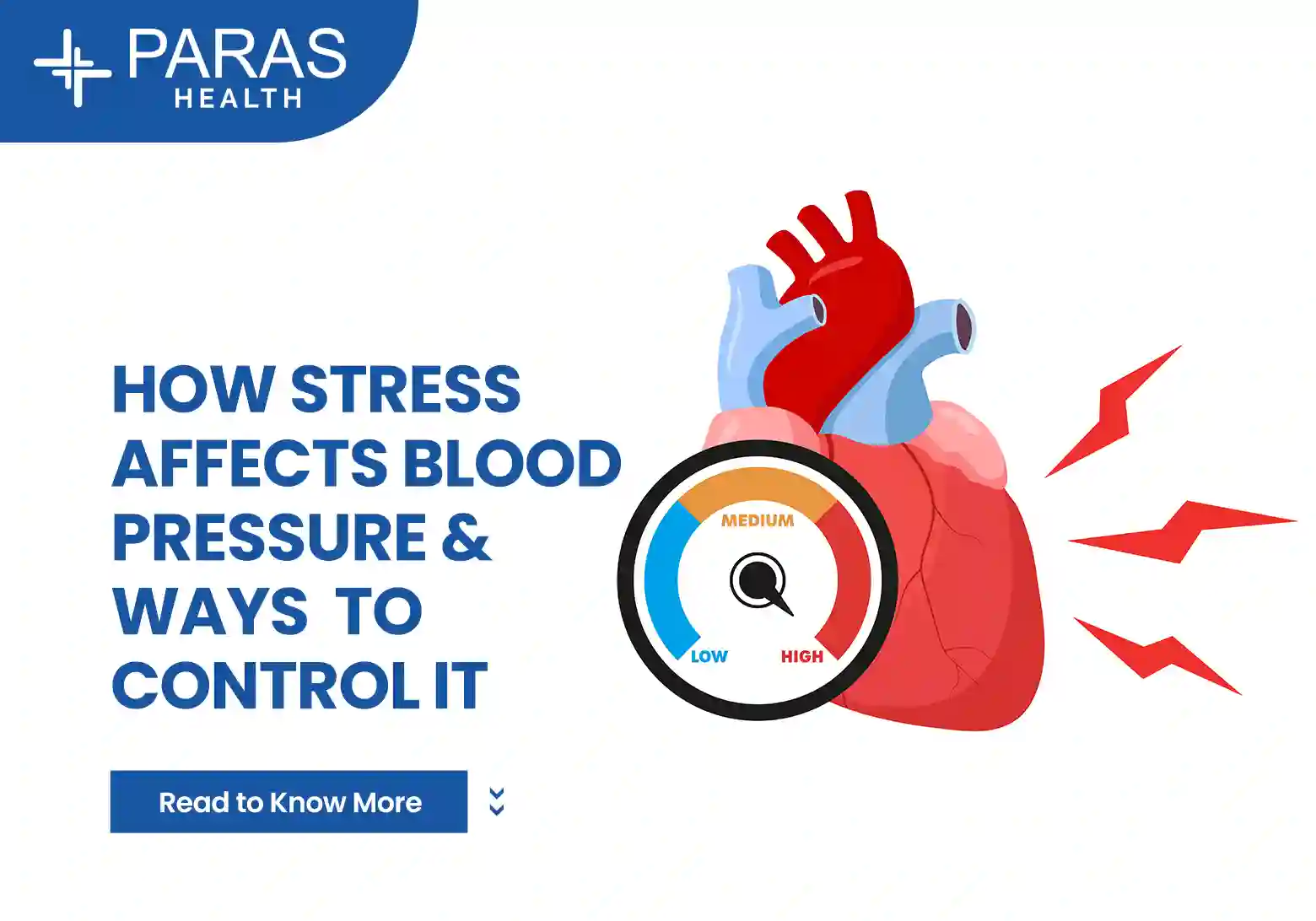
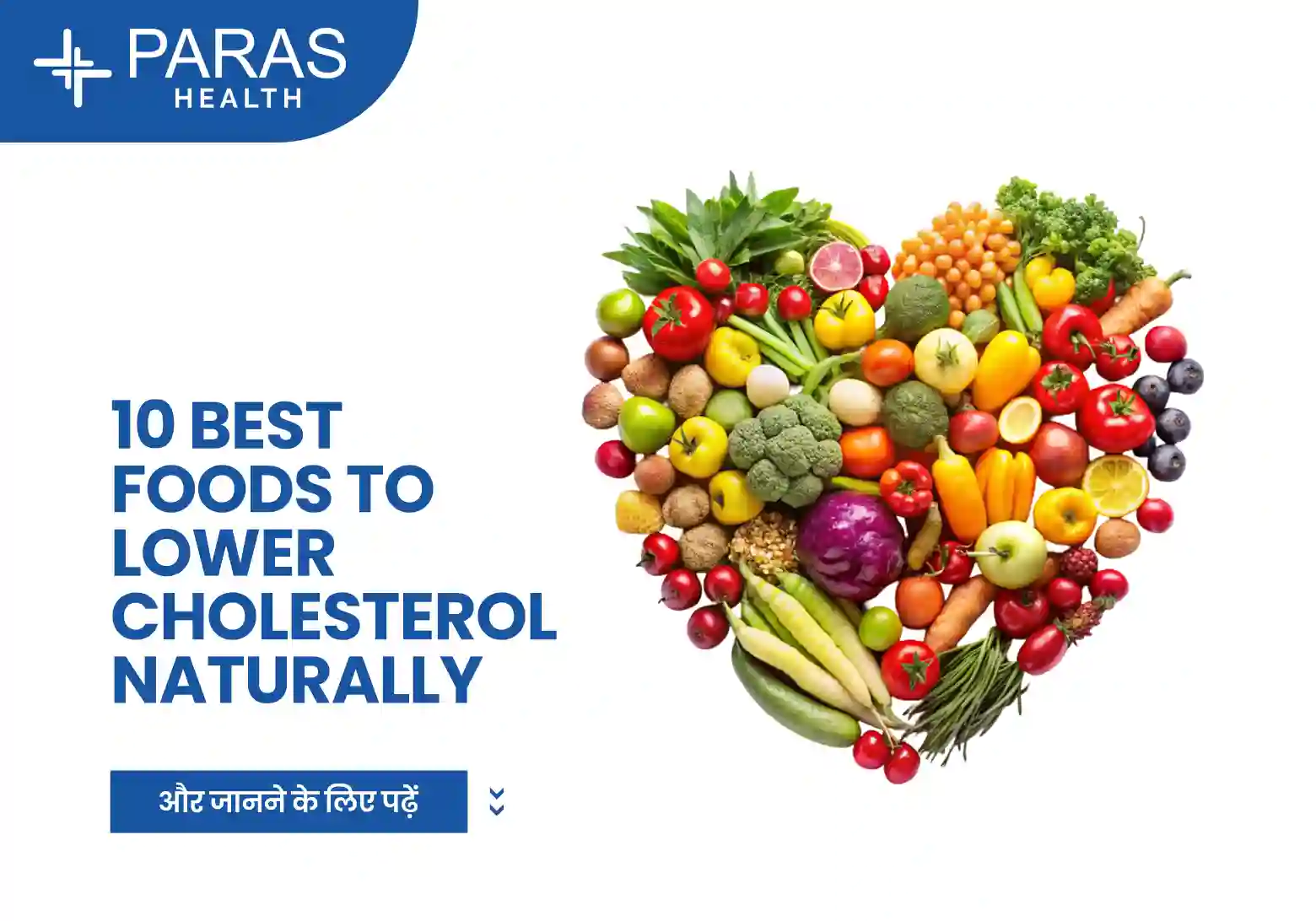
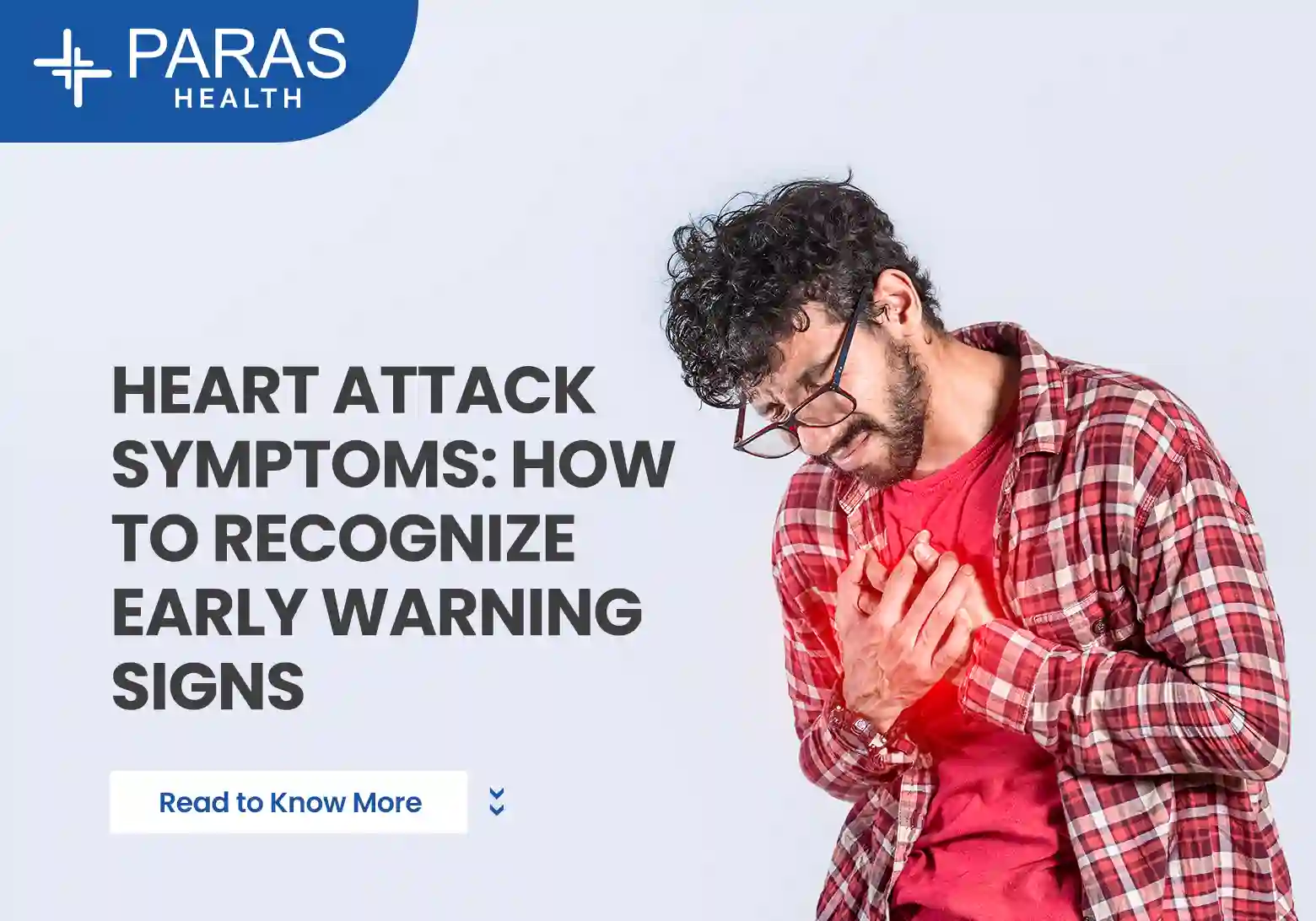

.png)